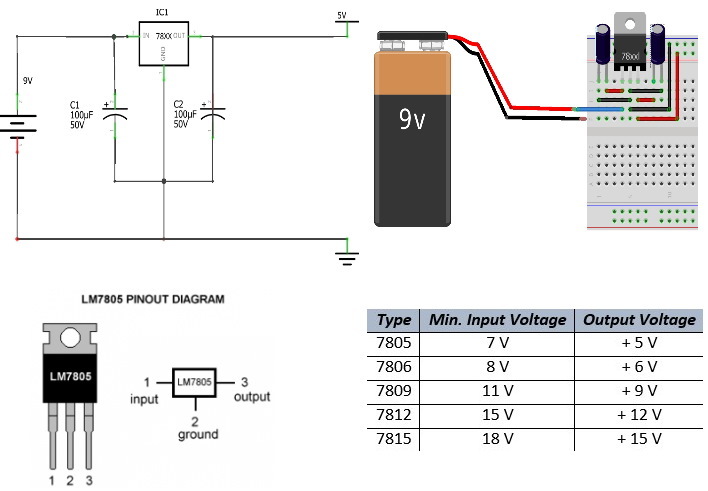
How to Use a Linear Voltage Regulator Efficiently?
Linear voltage regulators are essential components in electronic circuits to maintain a stable output voltage regardless of input voltage variations or load conditions. To ensure the efficient operation of a linear voltage regulator, it is crucial to understand how to select, install, and use it correctly. In this article, we will explore some tips and tricks on how to use a linear voltage regulator efficiently.
Choose the Right Voltage Regulator
Before using a linear voltage regulator, it is important to select the right one for your application. Consider factors such as input and output voltage, current requirements, thermal considerations, and regulation accuracy. Choosing a voltage regulator with the appropriate specifications will ensure optimal performance and efficiency.
Decoupling Capacitors
Decoupling capacitors play a vital role in reducing noise and improving stability in voltage regulator circuits. Placing a capacitor across the input and output terminals of the voltage regulator helps reduce high-frequency noise and fluctuations. Make sure to use high-quality capacitors with the proper capacitance and voltage ratings for best results.
Heat Management
Linear voltage regulators can generate heat during operation, especially when dissipating excess power. To ensure efficient heat dissipation, consider using heat sinks or thermal pads to transfer heat away from the regulator. Proper heat management not only improves efficiency but also extends the lifespan of the voltage regulator.
Input and Output Capacitors
Adding input and output capacitors to the voltage regulator circuit can help improve transient response and stability. The input capacitor filters out noise from the power supply, while the output capacitor stabilizes the output voltage and reduces ripple. Choose capacitors with low ESR and adequate capacitance for optimal performance.
Load Regulation
Proper load regulation is crucial for maintaining a stable output voltage under varying load conditions. To achieve efficient load regulation, ensure that the voltage regulator can handle the maximum current required by the load. Additionally, avoid overloading the regulator beyond its specified limits to prevent overheating and voltage instability.
Grounding and Layout
Proper grounding and layout are essential for the efficient operation of a linear voltage regulator. Keep the ground connections short and direct to minimize voltage drops and noise. Ensure that the input and output traces are routed away from high-frequency components to reduce interference. A well-designed layout can significantly improve the overall performance of the voltage regulator circuit.
Testing and TroubleshootingBefore deploying the voltage regulator in your circuit, perform thorough testing to ensure proper functionality and stability. Measure the input and output voltages under various load conditions to verify regulation accuracy. If you encounter any issues, troubleshoot the circuit systematically by checking for faulty components, incorrect connections, or inadequate heat dissipation.
Conclusion
By following these tips and techniques, you can use a linear voltage regulator efficiently in your electronic circuits. Selecting the right regulator, using decoupling capacitors, managing heat effectively, and optimizing the circuit layout are key factors in maximizing the performance and reliability of your voltage regulator. Remember to test your circuit thoroughly and troubleshoot any issues to ensure smooth operation and consistent output voltage.
Was this helpful?
0 / 0